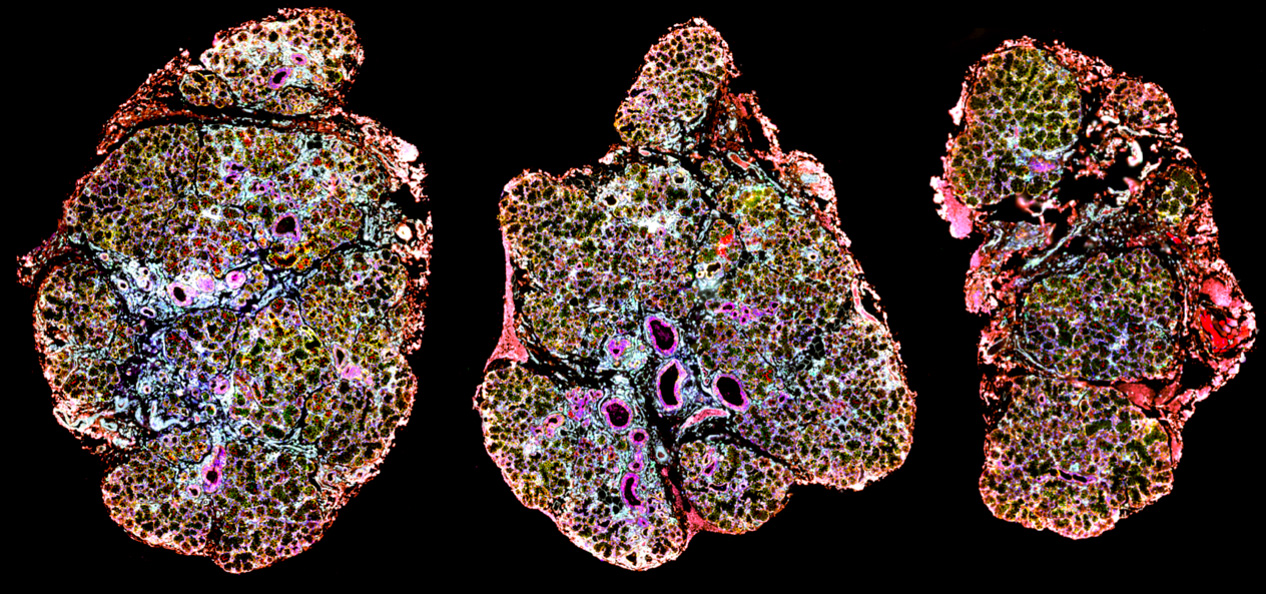To create comprehensive reference maps of all human cells—the fundamental units of life—as a basis for both understanding human health and diagnosing, monitoring, and treating disease.
Oral & Craniofacial Biological Network

Additional information about this network, including datasets and any atlases assembled so far, can be found on our Data Portal.
Visit the HCA Data Portal
The oral and craniofacial tissues, including the tongue, tonsils, teeth, gums, and glands, are incredibly diverse. Each of these is supported by epithelia, cartilage, bone, ligaments, muscles, adipose tissue, blood and lymphatic vessels, and nerves; and all of these tissues are harmoniously integrated into the vital functions of communication, feeding, breathing, defense, sensing, and early digestion. These tissues are intimately interconnected with the nervous, immune, and endocrine systems, as well as with microbes. Oral and craniofacial tissues are affected by many disorders and diseases that can decrease quality of life and cause deleterious psychosocial issues, emphasizing the need for effective, precise, and aesthetic strategies to regenerate craniofacial tissues.
The HCA Oral & Craniofacial Biological Network (OCBN) aims to create comprehensive and integrated cell atlases to understand the common and unique cell types that support these niches in health and uncover which cell types and networks are affected in disease states. Our group recently published A Roadmap for the Human Oral and Craniofacial Cell Atlas outlining our plans and future opportunities. The current project aims to expand the complete healthy Oral & Craniofacial Atlas v1, transitioning from its initial focus on healthy adult datasets to a comprehensive analysis encompassing niche-specific cells in health and disease. The primary goal is to create the v2 Atlas, which aims to decode the complexities of oral cavity diseases, ranging from gingivitis and periodontitis to oral cancers and autoimmune conditions like Sjögren’s Syndrome. This integration will further support the integration of oral tissues with the broader Human Cell Atlas initiative already underway using datasets from across the body.

The efforts of the OCBN are poised to revolutionize precision approaches for oral and craniofacial disease by enhancing disease monitoring, ensuring more accurate diagnoses and prognoses, and supporting the development of novel—or the adoption of already approved—therapeutics for oral and craniofacial diseases. Emphasizing diversity, equity, and inclusion, this v2 project ensures representation from diverse global populations, fostering an inclusive team culture and setting precedents for collaborative excellence within the Human Cell Atlas. Ultimately, this effort aspires to contribute to a foundational resource that accelerates biomedical research, drug discovery, and clinical applications across diverse medical fields.
Additional information about this network, including datasets and any atlases assembled so far, can be found on our Data Portal.
Network Coordinators:
- Kevin Byrd
- Ines Sequeira
Coordinator email: